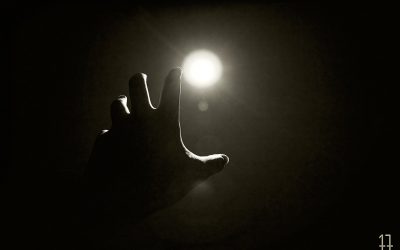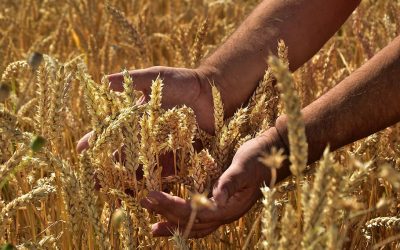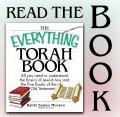Headline News
Describing the arrival of the Children of Israel in the Sinai Desert, the Torah writes: "In the third month from the Exodus of the Children of Israel from the Land of Egypt, on that day they came to the Sinai Desert. And they traveled from Refidim, and they came to...
Payback for Pain
This week's Torah reading begins with a command to Moshe and Aharon to take a census of the Children of Israel, and the resulting count by tribe. Rabbi Moshe Nachmanides, a famed commentator from the 13th century, notes that the tribe of Levi is notably smaller than...
Listen on Repeat
As a child, I recall feeling frustrated while studying for tests. I would often fantasize about a pill that contained all the knowledge I needed for school. I would simply swallow it, and would then effortlessly possess all the information I needed, eliminating the...
Reaping the Benefits
In agriculture, spring is the time when crops are grown and begin to be harvested. During the times of the Holy Temple in Jerusalem, this season was marked by the commandment to bring the Omer offering. The Omer offering was made up of a measure of barley flour and...
Self-Driving
One of the strongest human drives is our desire to satisfy our own wants and needs, even at the expense of others. This pursuit can often lead us to pursue honor, disregard the dignity of others, and engage in negative or destructive behaviors. However, this powerful...
Hurdles that Heal
The Torah describes a Metzora, one afflicted with a disease on his skin called Tzaraas. This was a spiritual impurity with obvious physical symptoms. A Kohein (a member of the priestly Jewish tribe) would examine a lesion on a person and declare him or her to be a...
Do You Feel Blessed?
The Passover Haggadah, which we read at the Seder, tells us about the many miracles that were done on behalf of the Jewish nation during their exodus from Egypt. It tells us that Hashem is watching over our nation and protecting us in every generation. And it also...
Altar-ing the Flavor
A great deal of the Book of Leviticus, which we begin reading this week, discusses the animal and flour offerings brought in the Tabernacle and the Holy Temple in Jerusalem. The Hebrew word for offering, "Korban," literally means a tool to bring us closer to G-d. The...
The Shadow Knows
Betzalel was appointed to manage the construction of the Mishkan (The Holy Tabernacle), both the building and its vessels. When Moshe (Moses) related the instructions from G-d on how to build the Mishkan, he began by describing the Holy Ark, continued with the other...
Looking Forward to Purim
When the Rabbis instituted the Mitzvah of reading the Megillah (Megillas Esther, the Scroll of Esther) on Purim, they included a number of strict laws regarding the reading and writing of the scroll. One such law is to not read the Megillah backwards, meaning that...
The Lofty Labor of Life
This and the upcoming Torah portions explain the construction of the holy Mishkan (Tabernacle) in great detail. One key reason to discuss these details, the Talmud explains (Shabbos 49b), is to learn the 39 types of work done to construct the Mishkan—because these are...
Not Our Own Rules
The Torah's 613 Mitzvos, Commandments, are divided into three basic categories: testimonies, statutes, and judgements. The last of these are civil laws which any society needs to survive—but these, too, are part of Torah. Our reading this week begins, "These are the...















